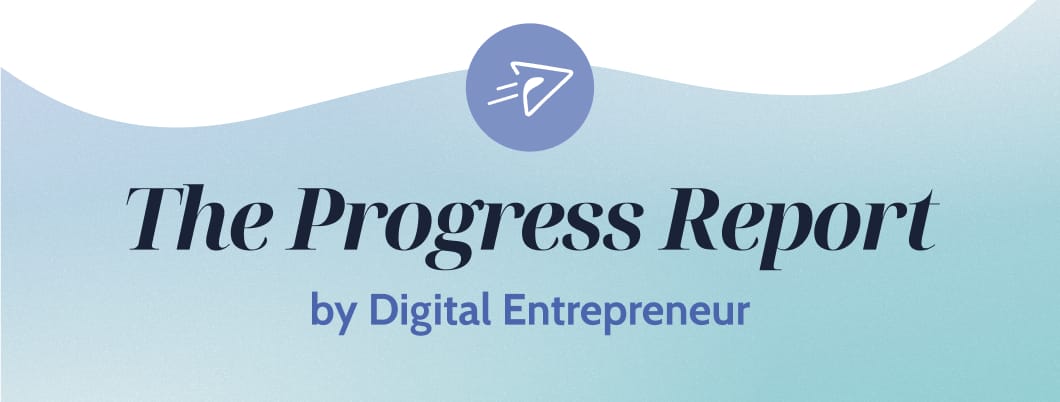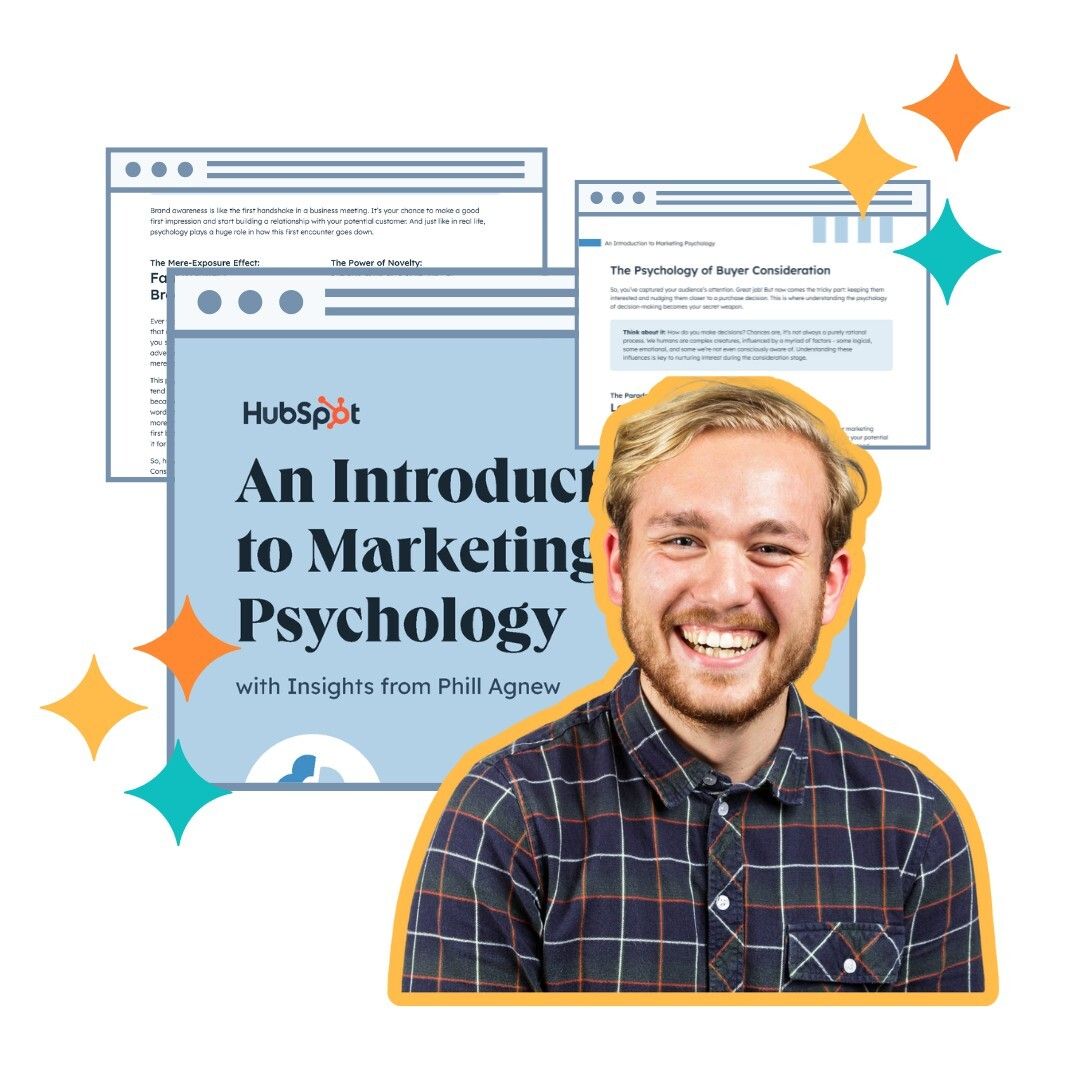
August 5, 2025
In partnership with

The last time you went on vacation, how many times did you check email?
I’m guessing the answer is somewhere between “way too many” and “I honestly lost count.”
We set out-of-office messages and tell clients we're unavailable, then spend our “downtime” half-heartedly responding to Slack notifications from a beach chair.
This practice feels annoying-but-essential. But it isn’t. It’s wearing you down; making you less effective overall.
If you never fully disconnect, your brain never gets the cognitive reset it needs for creative problem-solving and strategic thinking. You return from “rest” more scattered than when you left, having gained neither the benefits of true recovery nor the satisfaction of being fully present.
I like working, so it’s easy to convince myself that I don’t need the rest. But, according to those much more knowledgeable, experienced and informed than I… it is.
Top-performing entrepreneurs treat intentional downtime as seriously as they treat their work sprints. In response, they spot opportunities others miss, while building better businesses overall.
Let’s figure out how you can do the same.
In this newsletter:
Why strategic disconnection drives better business outcomes
How to design downtime that actually recharges you
The (aptly-named) REST framework
Sponsored
Stop guessing what makes customers click
You know your product is great. So why aren't more people buying it?
The answer isn't in your features or pricing—it's in understanding how your customers' brains work. This free guide from HubSpot breaks down the psychological principles that drive purchasing decisions, featuring insights from behavioral science expert Phil Agnew.
Learn how to apply proven psychology tactics across your entire marketing funnel: from initial attention to sales consideration to loyal customer.
Weekly Insight

Mathilde Collin was having panic attacks about her business.
Not because Front was failing. Quite the opposite, actually.
Her shared inbox platform was gaining serious traction, investors were circling and by all external measures, things were going great.
The problem was sustainability.
The always-on leadership style that had gotten Front off the ground was now threatening to destroy both the company and her health.
Most founders face this crossroads. Some decide to double down on the grind.
Those founders burn out fabulously.
Wise to this, Collin went the other direction.
She made rest a leadership discipline. Slack notifications off after hours. Fully offline vacations. Detailed handover plans for when she stepped away.
She even published her vacation coverage email template publicly, encouraging other founders to delegate and unplug without guilt.
It’s easy to discredit this kind of attitude when it comes from early-stage founders, whose companies have yet to take off. But Collin ain’t in that boat. Front recently crossed $100M in ARR, serving companies like Shopify, Mailchimp and Lyft.
And she’s on record championing this approach. According to Collin, “Rest isn't a reward you earn after success. It's part of doing the job well.”
📚 Related Reading
Time for you to give back to yourselves by Yolande Johnston | Challenges the idea that constant output equals progress. Argues that real growth comes when founders learn to slow down, make space and treat their own energy like a core asset.
Money and energy: the two runways in entrepreneurship by Amena Schlaikjer | Explores how internal patterns like doubt, fear and overdrive affect your performance. Downtime becomes a practical tool for staying focused and clear.
Exploring the restorative benefits of short breaks and vacations by Jan Packer | A research-backed look at how recovery works, using the DRAMMA model: Detachment, Relaxation, Autonomy, Mastery, Meaning and Affiliation.
Intent to Action
Lots of entrepreneurs don’t value rest because they wing it. They feel themselves burn out, then hope they can magically disconnect without any structure. This doesn’t work.
Resting is weird. It should be easy, but for those of us bonkers enough to start a business, it’s actually quite difficult. At least, to do it effectively.
You, my darling workaholic, need to treat downtime like any other business process. You need to build a repeatable system.
Here's how, using the REST framework.
R: Reserve it
Block downtime on your calendar like you would any other critical business meeting.
Start small. Reserve Friday evening through Sunday morning as a “no work zone.” Put it in your calendar with the same weight you'd give a client call.
If a full weekend feels impossible:
Consider where that feeling is coming from
Start with Saturday morning
The key here is to intentionally set aside time for rest, and treat it as a non-negotiable.
E: Entrust it
Set up an autoresponder that sets expectations, like “I’m offline until Monday and will respond to emails in the order received.”
Use scheduling tools like Calendly to prevent weekend booking requests.
If you have any contractors or VA support, create guidelines on what constitutes a true emergency (hint: most things aren't) and brief them on it.
For solo operators: batch your urgent tasks before your break. Handle anything that genuinely can't wait before your time off, so you're not mentally carrying it. I put all my tasks into a purpose-impact matrix to make this easier.
S: Switch off
If this was as easy as closing your computer, I wouldn’t bother writing about it. It’s going to be hard to stop yourself from checking in.
Just remember that this is expected, and good for your business.
To do this right, you’re going to want to set up physical boundaries.
Log out of Slack, project management tools and work email on your personal devices.
If you must stay reachable for genuine emergencies, give out your personal number to trusted contacts, and clearly define what qualifies as urgent. If your customers don’t respect this… just read this.
T: Track it
Silence the mischievous productivity-at-all-costs goblin living in your head by getting quantitative. Measure whether your downtime actually recharged you.
Before your break, rate your energy, mood and creative clarity on a scale of 1-10. Do the same when you return.
Real rest should improve all three. If it doesn't, something in your setup needs adjusting.
Rest is not idleness. To rest is to prepare to give the best of ourselves.
Closing Thought
Rest isn't the opposite of productivity. It's what makes real productivity possible.
Mathilde Collin figured this out before it cost her everything. She turned downtime from a guilty afterthought into a competitive advantage, and Front's $100M ARR speaks to the results.
The entrepreneurs who last don’t just show up every day. They learn how to show up year-after-year, better than they were before.
Next week, I’m jumping into my inner perfectionist’s nightmares and talking about how to fail. Or, rather, what to do when you inevitably do fail at something.
See you then.

